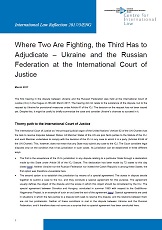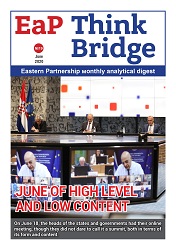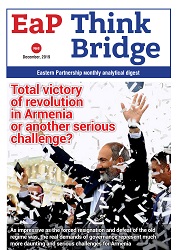
Collective Defence in the Age of Hybrid Warfare
Over the past two and half years, ‘hybrid warfare’ has turned from an academic fad into an article of conventional wisdom. Russia’s March 2014 annexation of Crimea and aggression in the Donbas – and, even more importantly, the lessons collectively inferred from the conflict by US and European policy-makers – has fashioned a new lens through which security in Europe, particularly the Eastern flank of NATO, came to be imagined and pursued. This is despite the lack of either an agreed-upon definition or a consensus on the manifestations of hybrid warfare. This discussion paper provides a (critical) reflection on hybrid warfare – as both a concept and a practice – in the context of collective security in Europe, and discusses the role of the institutions and policies of NATO, the EU, and Member States. This introductory section presents an overview of the state of play. It outlines the core challenges of hybrid warfare for collective defense in the post-2014 context, especially regarding the Eastern flank of NATO, as well as the strategic assumptions that underlie them.
More...


















